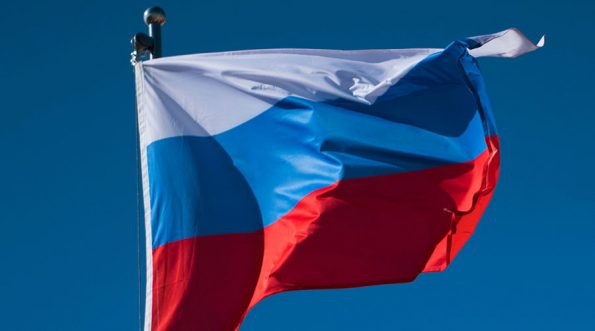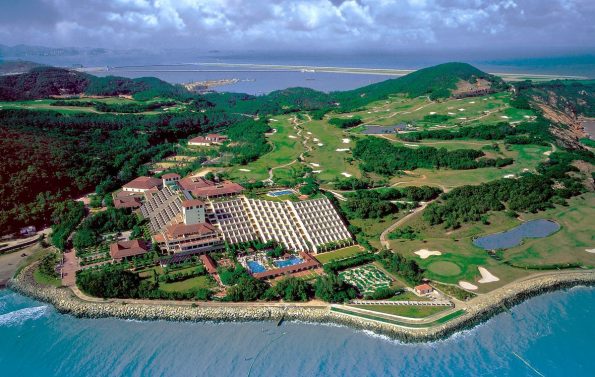
In December of 2010 a man in Tunisia self-immolated in protest and what has followed has literally been explosive, as the lessons learned on the use of social media has been at light speed. Since 2010 a number of connected and seemingly unconnected events have changed the tone and texture of activism. Social media and digital technology is, both neutral and strategic terrain. The following points present lessons learned to date from several seemingly unconnected events; The Arab Spring, SOPA/PIPA (Stop Online Piracy/Protect IP Addresses), and NDAA (National Defense Authorization Act).
Modern disobedience is rarely viewed as a political element, but as a side element of radicalism, terrorism, and banditry and civil disobedience, however, contemporary events compare with this history. For example, many local initiatives, grievances and grassroots leaders give the appearance of fragmented authority, and appear to stand in short duration; and The State, Law Enforcement, and the Military stigmatize and describe these loose outbreaks as mass impetuosity without direction or form. The Occupy Movement, Hackers Anonymous Hactivism and its supporters is one such example.
Ranajit Guha, in Selected Subaltern Studies and Elementary Aspects of Insurgency in Colonial India, describes this as ‘… multiple elements of conscious leadership, but no one of them predominates.’…’the symbiosis of sarkar (someone of authority), sahukar (banker or money lender) and zamindar (collector of land revenue, tax collector?), is a political-economic fact directing insurgency against one or all? The peasant detected a mutuality of interest and power (the triumvirate: in the eyes of the population, political character equals economic exploitation; the state views the resulting acts as banditry and not as a form of social protest of the political character and economic exploitation.



